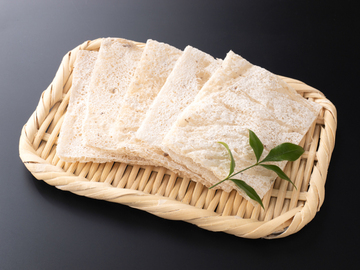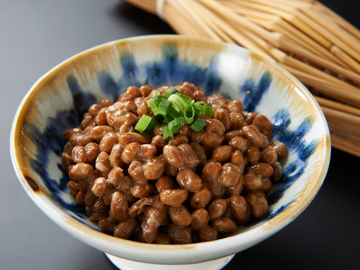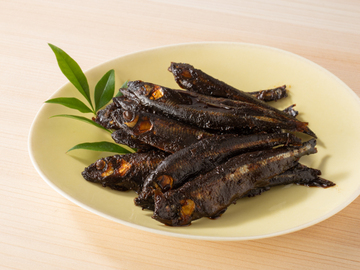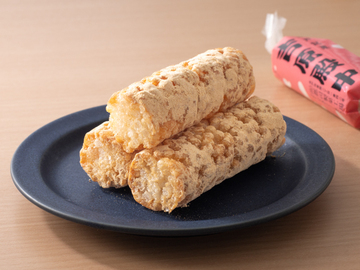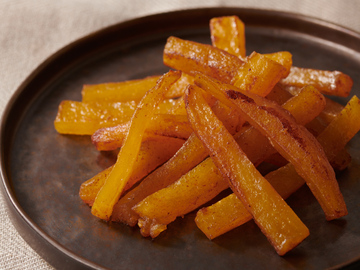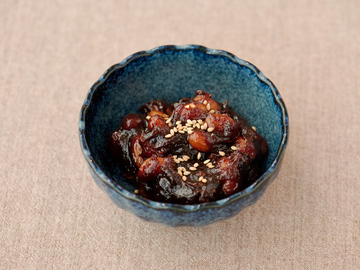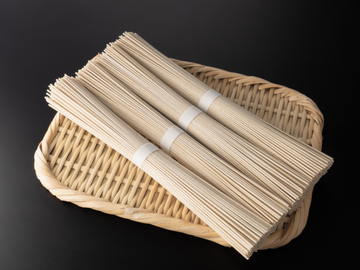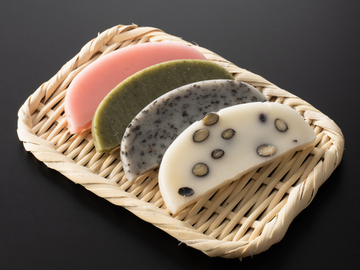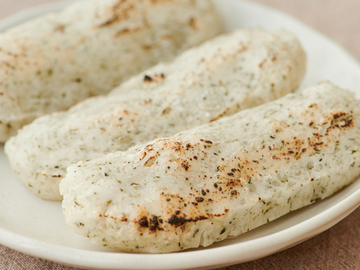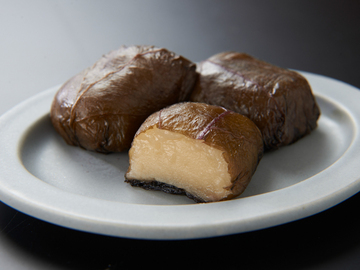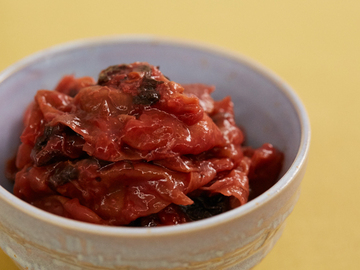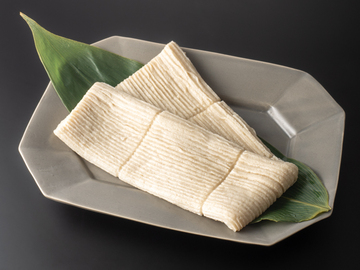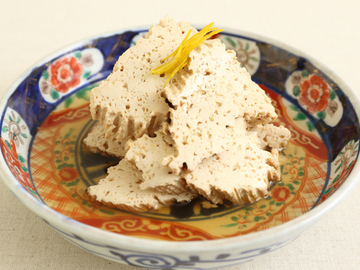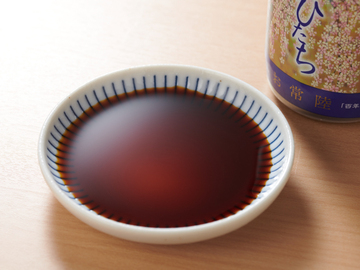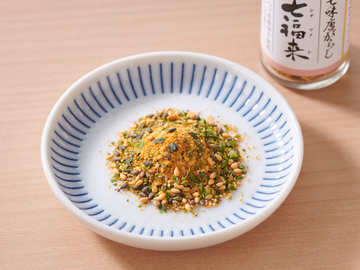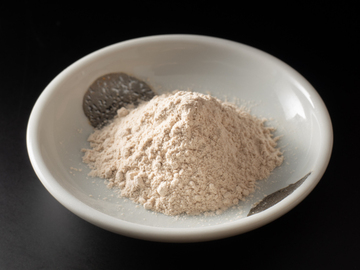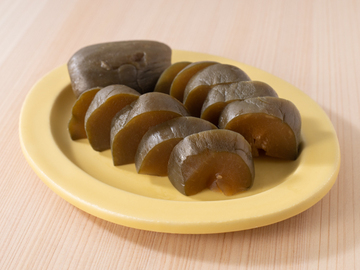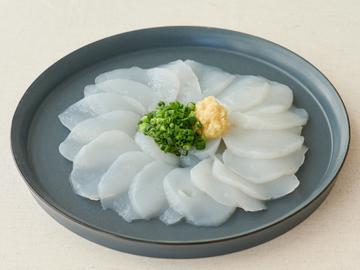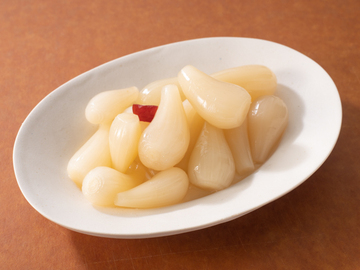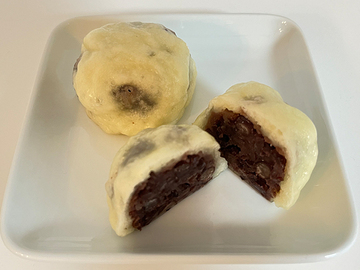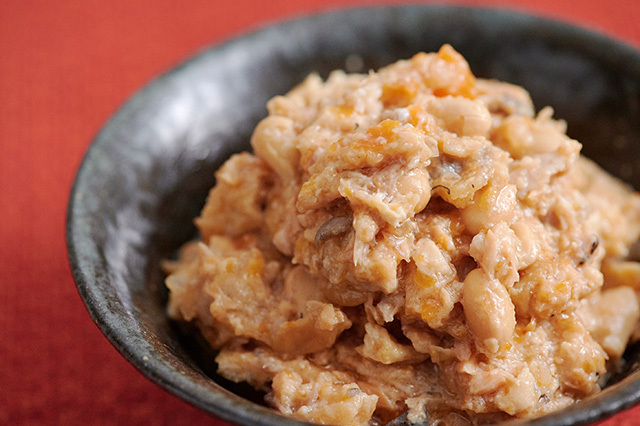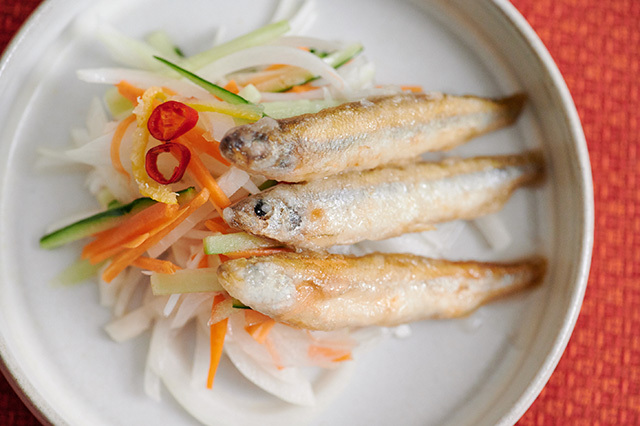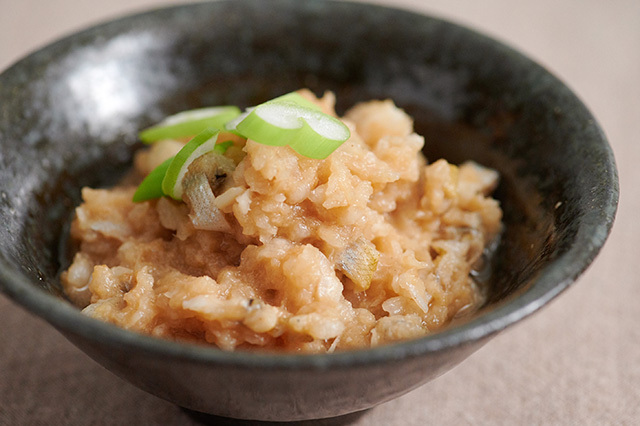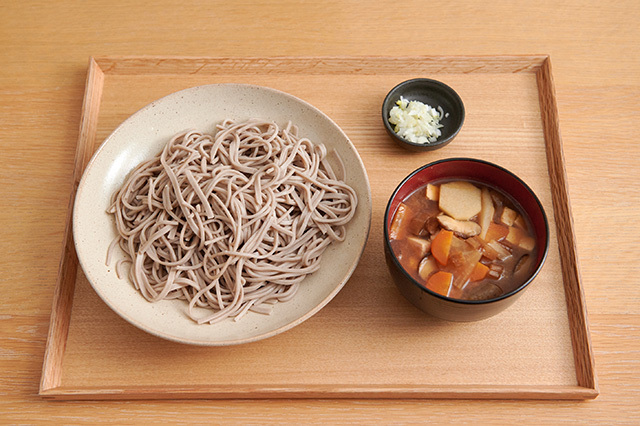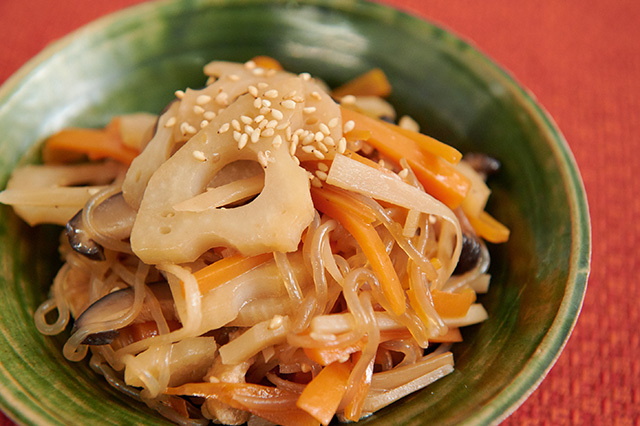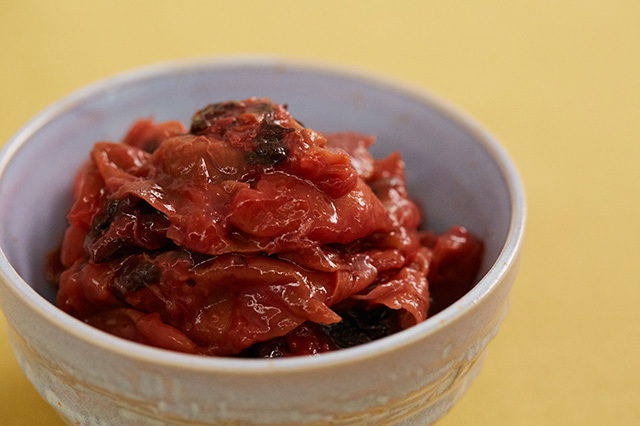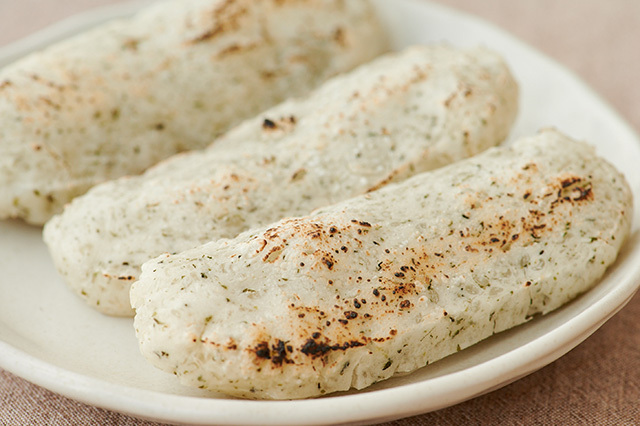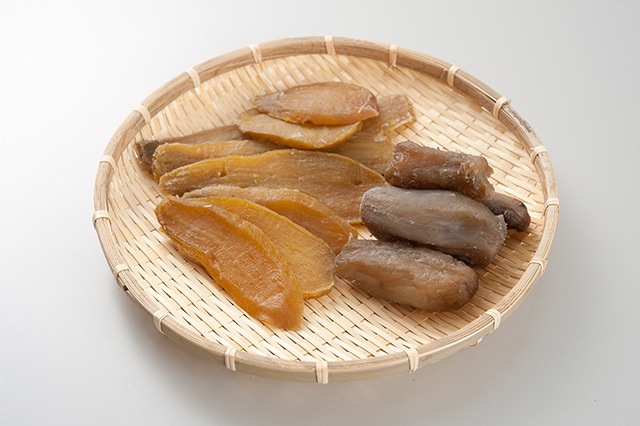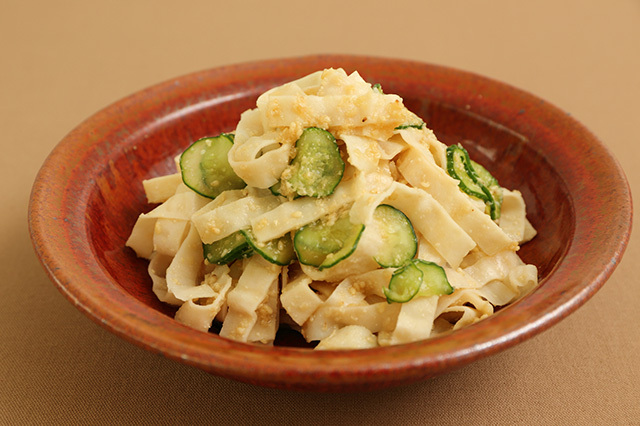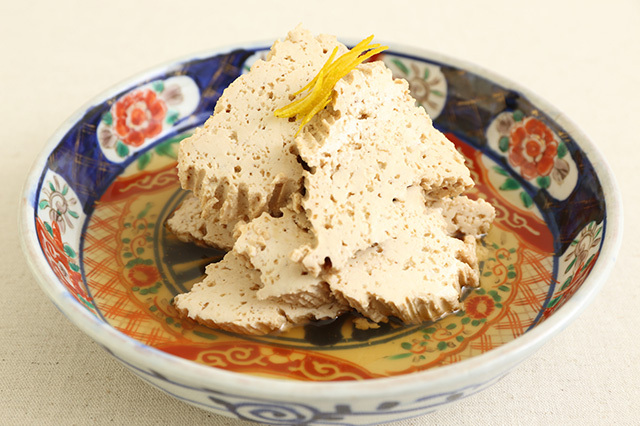Ibaraki

The Food Culture of Ibaraki Prefecture—Japan’s Leading “Agricultural Prefecture” in the Kanto Region
Located in the center of the Japan Archipelago, Ibaraki Prefecture forms the northeast corner of the Kanto region. It faces the Pacific Ocean to the east and borders Fukushima Prefecture to the north and Tochigi Prefecture to the west. With Mt. Yamizo soaring in the north, Ibaraki Prefecture borders Chiba and Saitama Prefectures to the south at the Tone River.
In addition to class-A rivers including the Tone, Naka, and Kuji Rivers, some 200 rivers flow through the prefecture, forming a riverside district centered on Lake Kasumigaura, the second-largest lake in Japan, and Lake Kitaura in the southeast of the prefecture.
Sprawling in the central to southwest region across the prefecture is the Joso Plain, which is part of the Kanto Plain and Mt. Tsukuba is located in the central part of the prefecture. Ibaraki Prefecture is home to agriculture since ancient times thanks to its abundant natural environment. In fact Ibaraki Prefecture is Japan’s leading agricultural prefecture with its high farming output. With a 190-km coastline and rich fishing grounds offshore where the Oyashio and Kuroshio currents intersect, it is also known for being a fisheries prefecture where a wide variety of seafood is landed in each season.
The diverse food culture of Ibaraki Prefecture, whose main industries are agriculture and fishing, has evolved according to the climate of each region. It can be broadly divided into northern, central, southern, western and Rokko regions by the local characteristics. Ibaraki’s food culture provides a glimpse into the traditions and people’s lifestyle that are deeply rooted in each region. Ibaraki Prefecture seen through the filter of “food” holds myriad charms yet to be discovered.

Traditional Foods in Ibaraki

Our Regional Cuisines
in Ibaraki
This is a list of Ibaraki prefecture's local dishes
introduced in "Our Regional Cuisines."
*Clicking on the image will take you to "Our Regional Cuisines."

